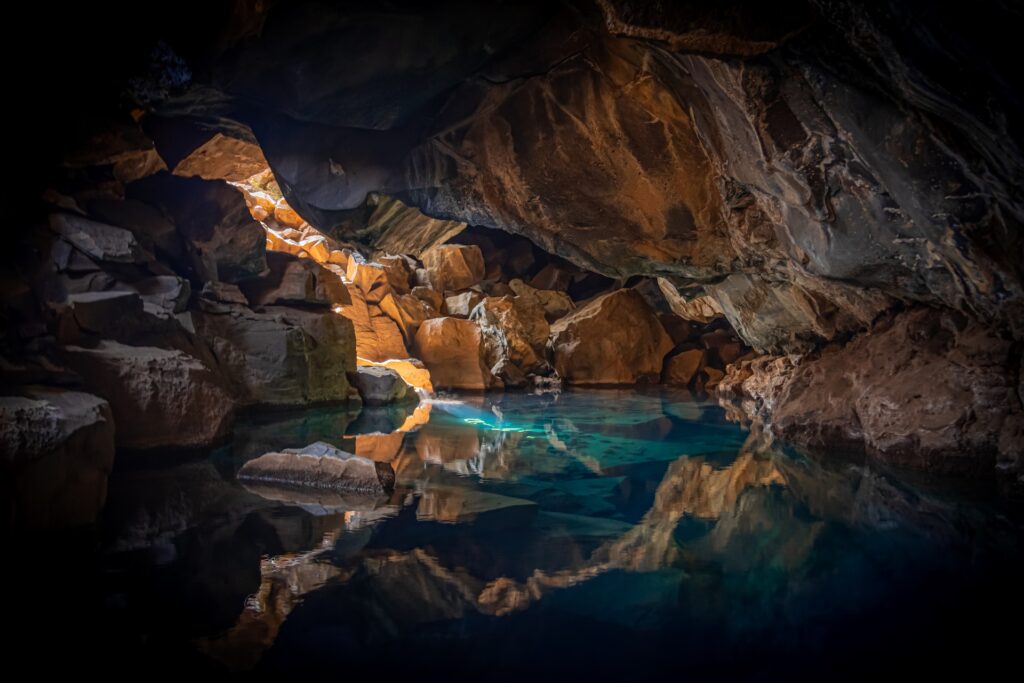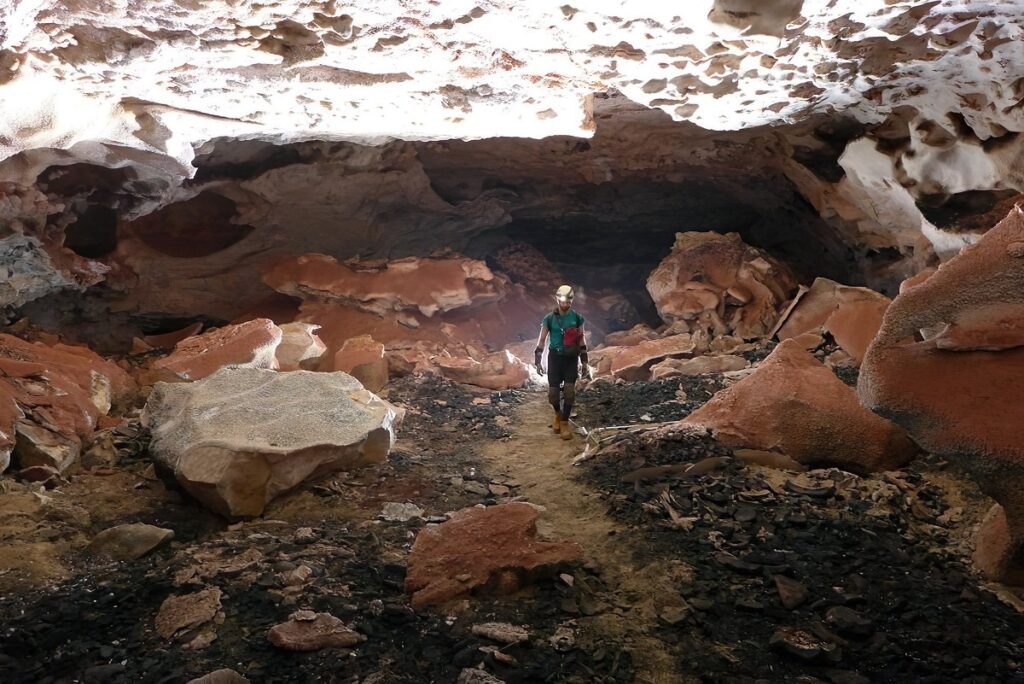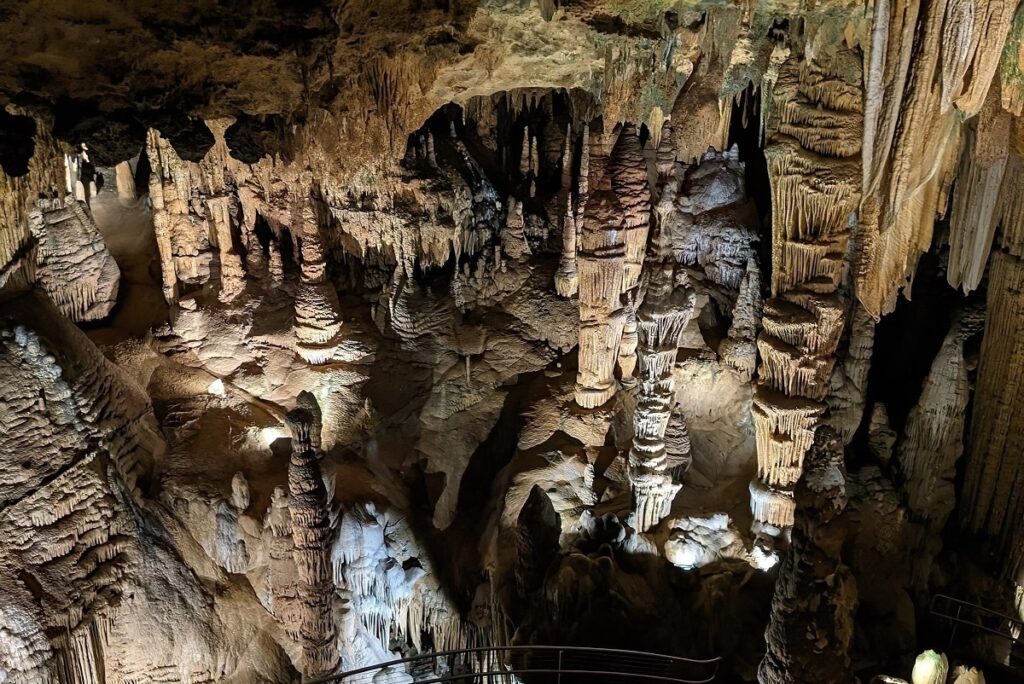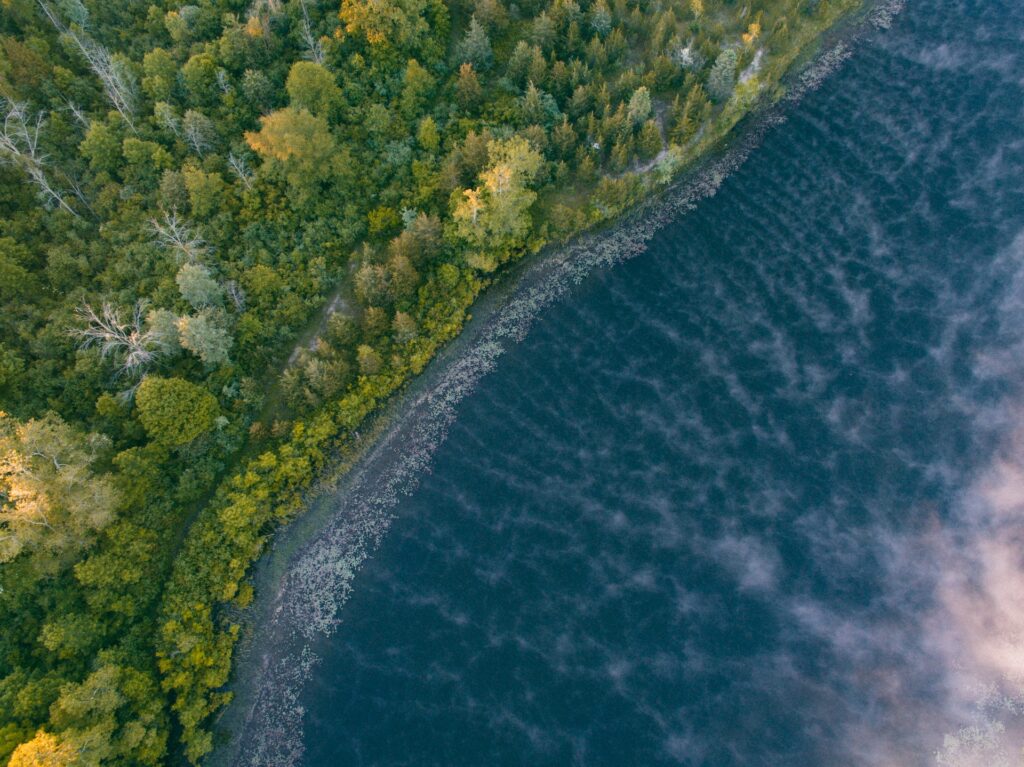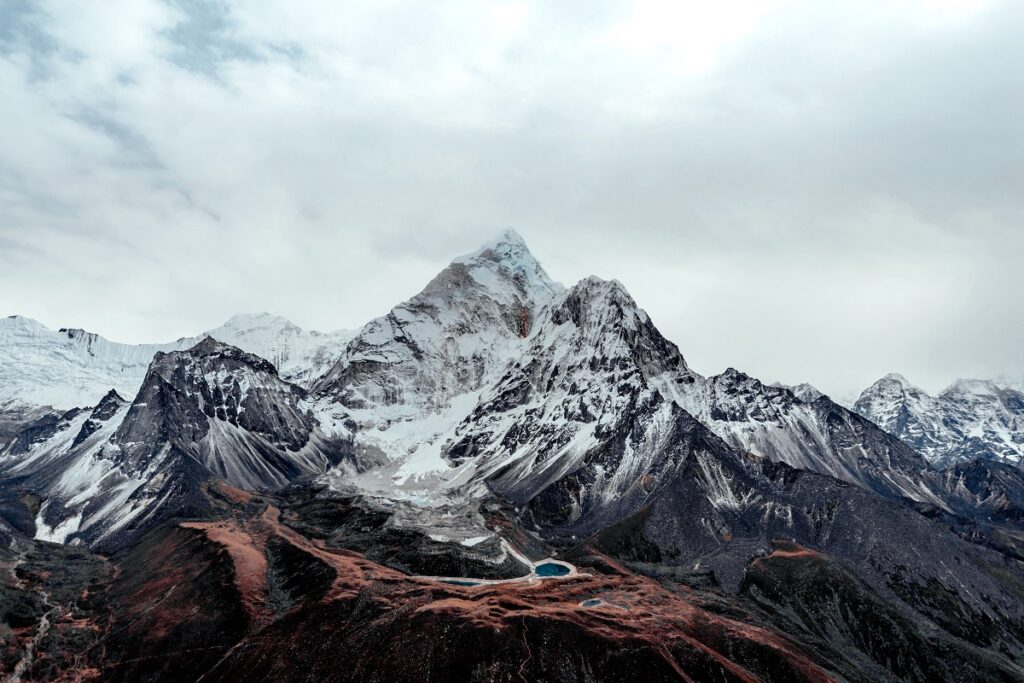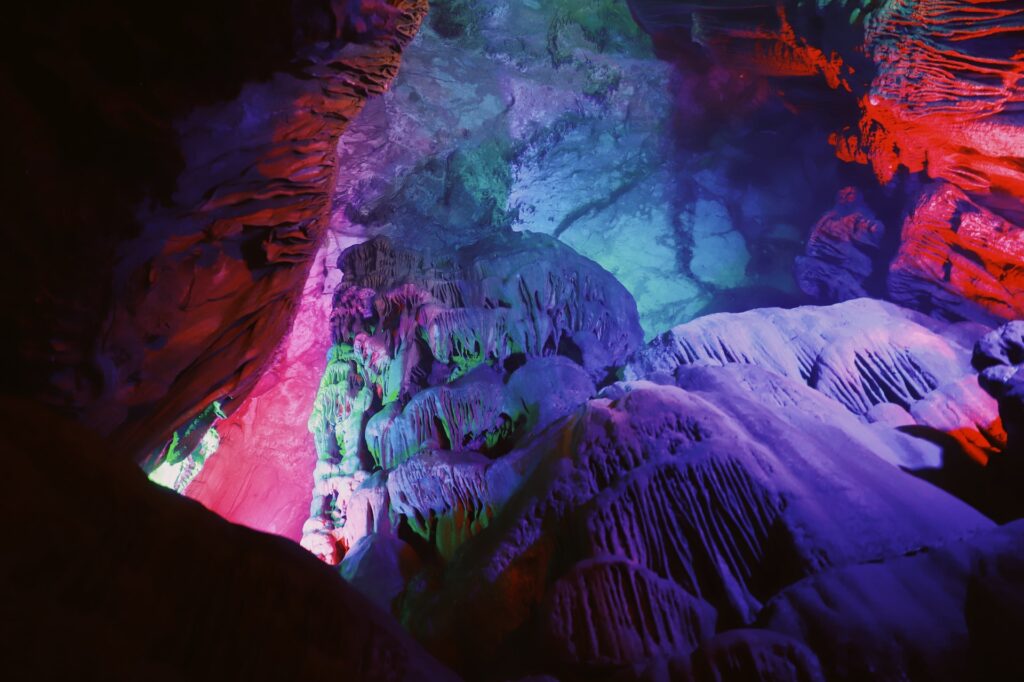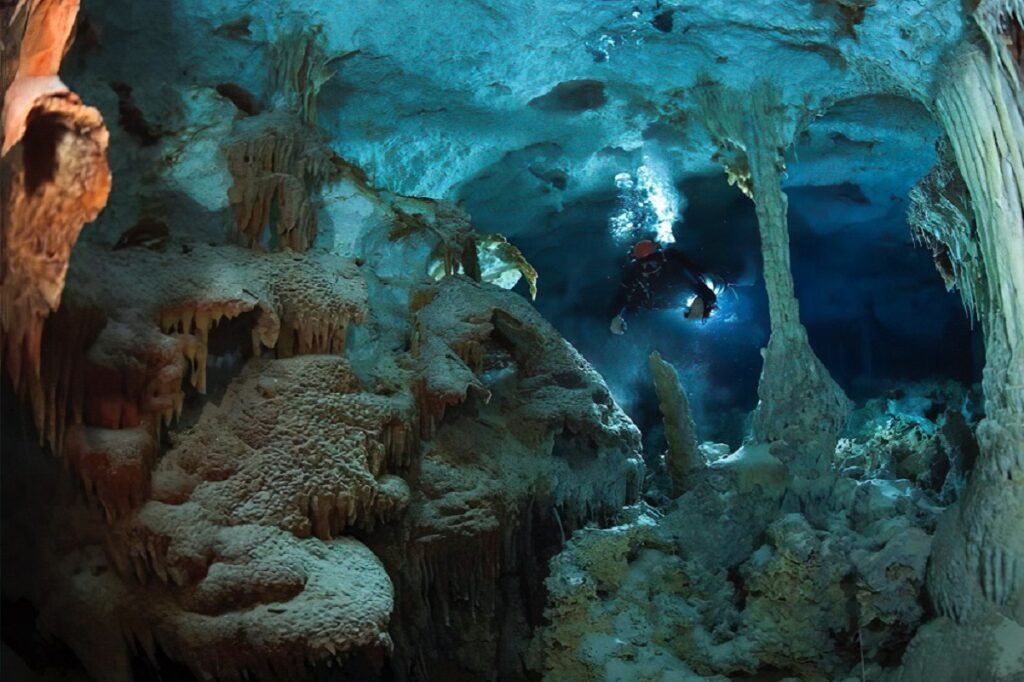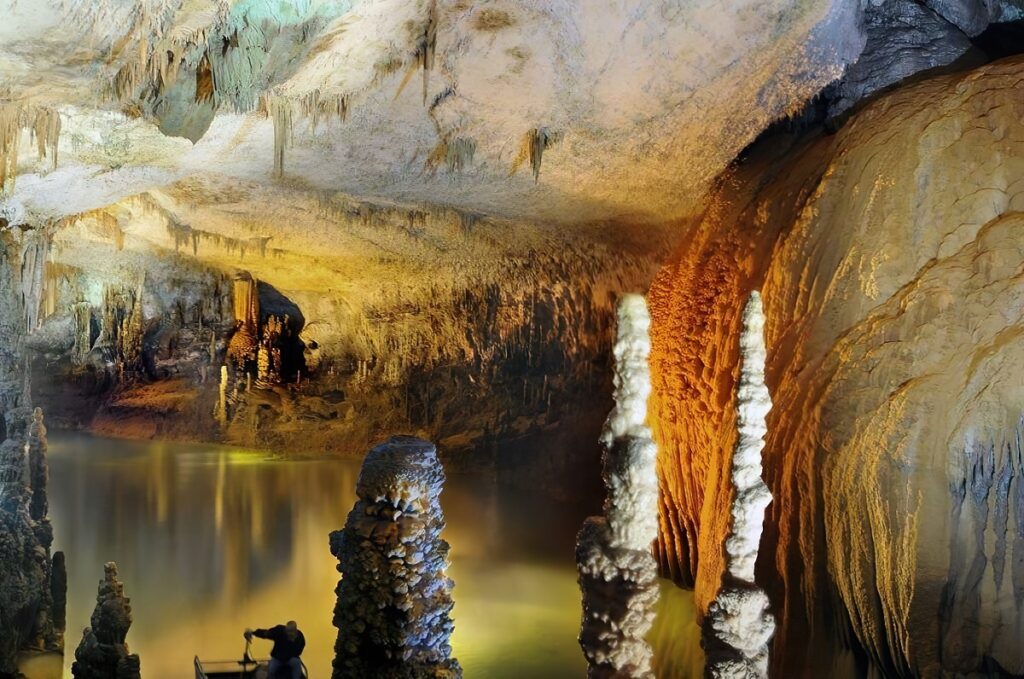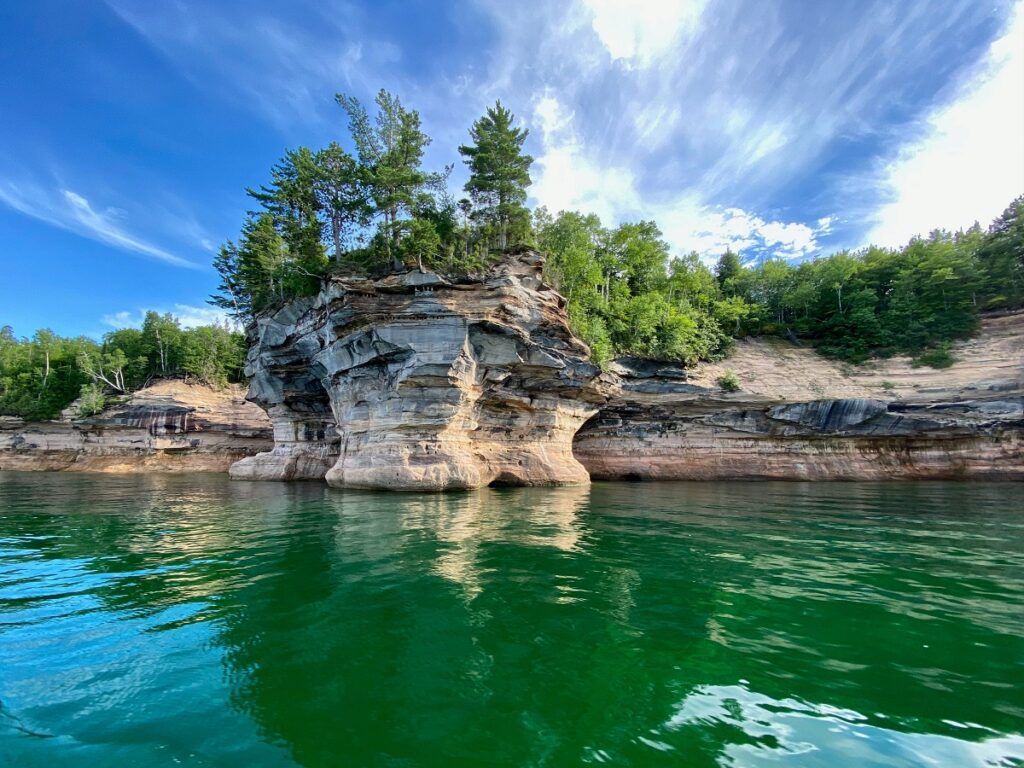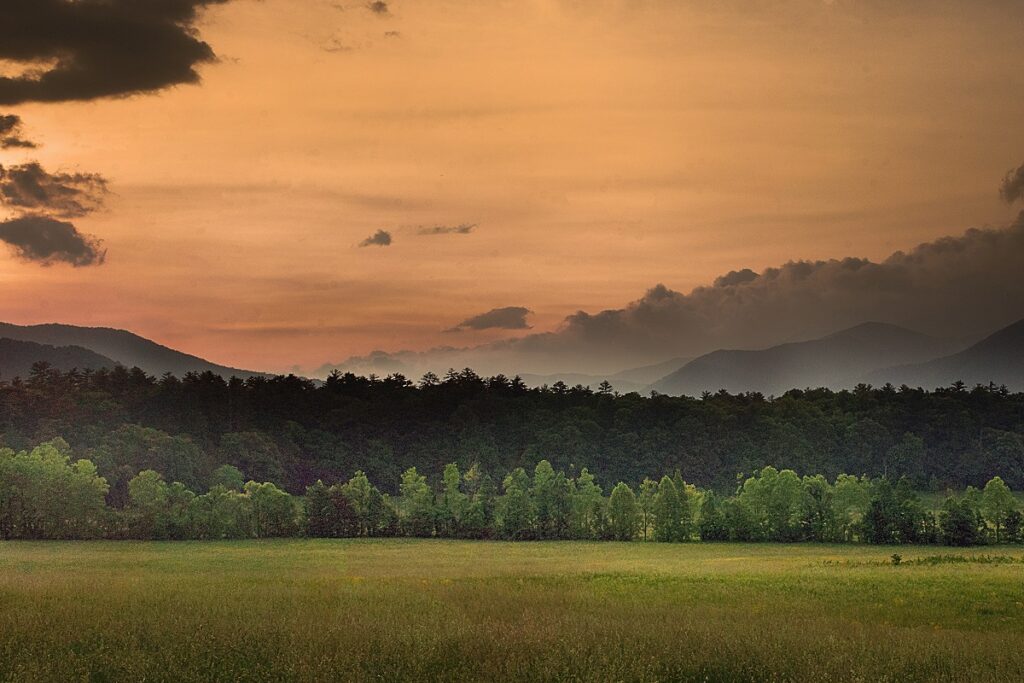Top 10 Most Spectacular Caves in the World
Top 10 Most Spectacular Caves in the World
WhiteClouds builds 3D Raised Relief Maps
Did you know we make
3D raised-relief maps
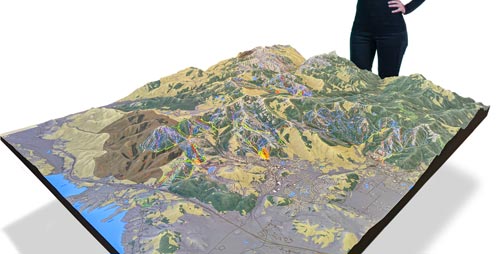
and
3D raised-relief maps
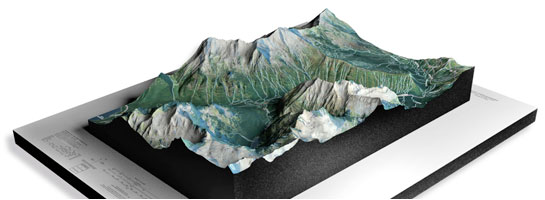
Prepare to journey beneath the surface and explore some of our planet’s most captivating natural wonders: its caves, in our top 10 most spectacular caves in the world. These subterranean spectacles offer an awe-inspiring glimpse into the Earth’s inner workings, highlighting remarkable geological features and captivating biodiversity.
#1: Son Doong Cave, Vietnam
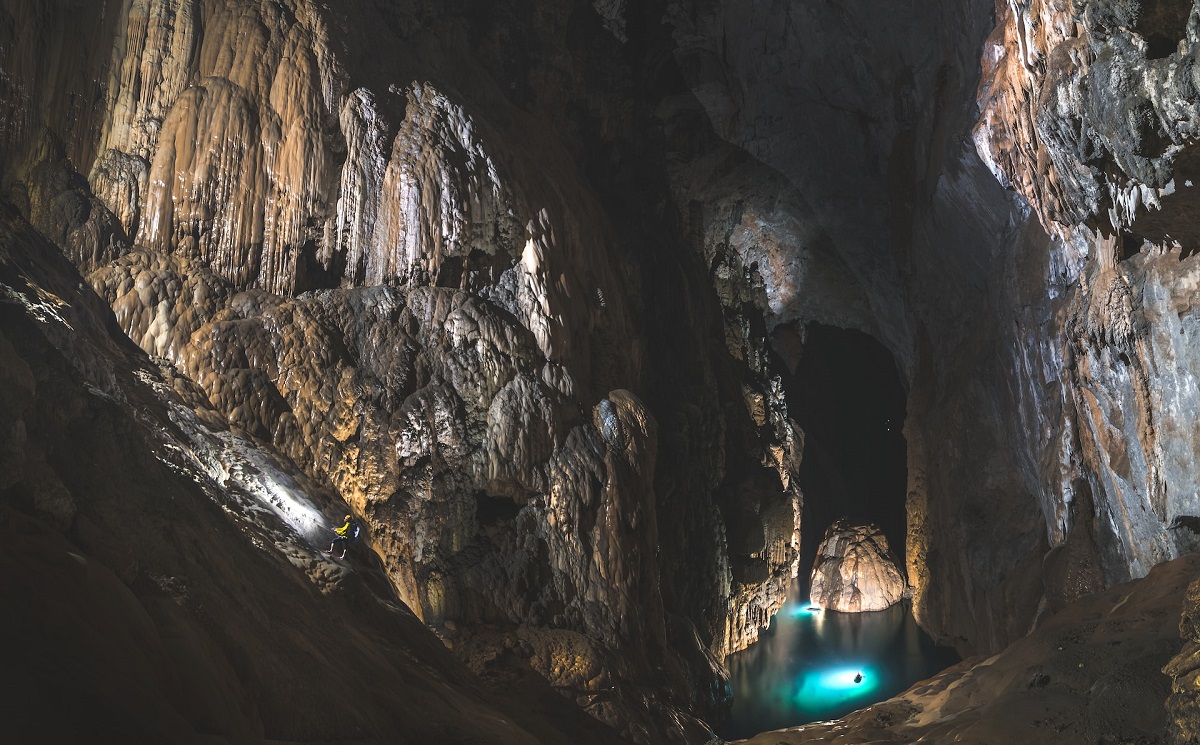
The largest cave on Earth, Son Doong, is a testament to the power of natural processes. Its main passage is over five kilometers long, 200 meters tall, and 150 meters wide. Large enough to house an entire New York City block, this cave has its climate complete with clouds, jungles, and rivers. But perhaps what is most fascinating about Son Doong is its ecosystem – its dolines (collapsed ceilings) allow sunlight to enter, fostering an environment where plants and animals thrive.
#2: Waitomo Glowworm Caves, New Zealand
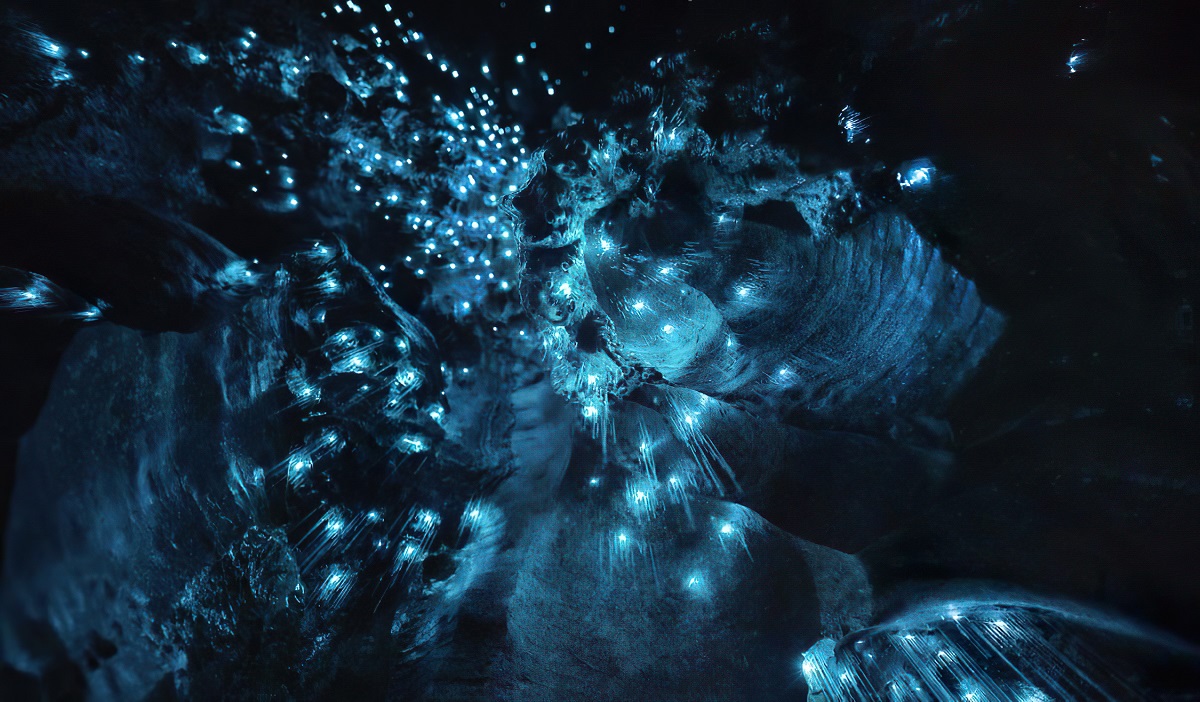
The magic of the Waitomo Glowworm Caves lies in the thousands of bioluminescent glowworms clinging to its ceiling, casting an ethereal glow that mirrors a starlit night. These glowworms, unique to New Zealand, illuminate the cave and offer an out-of-this-world experience. The caves’ geological wonders extend beyond their luminous inhabitants, with impressive limestone formations and echoing waterfalls adding to the spectacle.
#3: Jeita Grotto, Lebanon
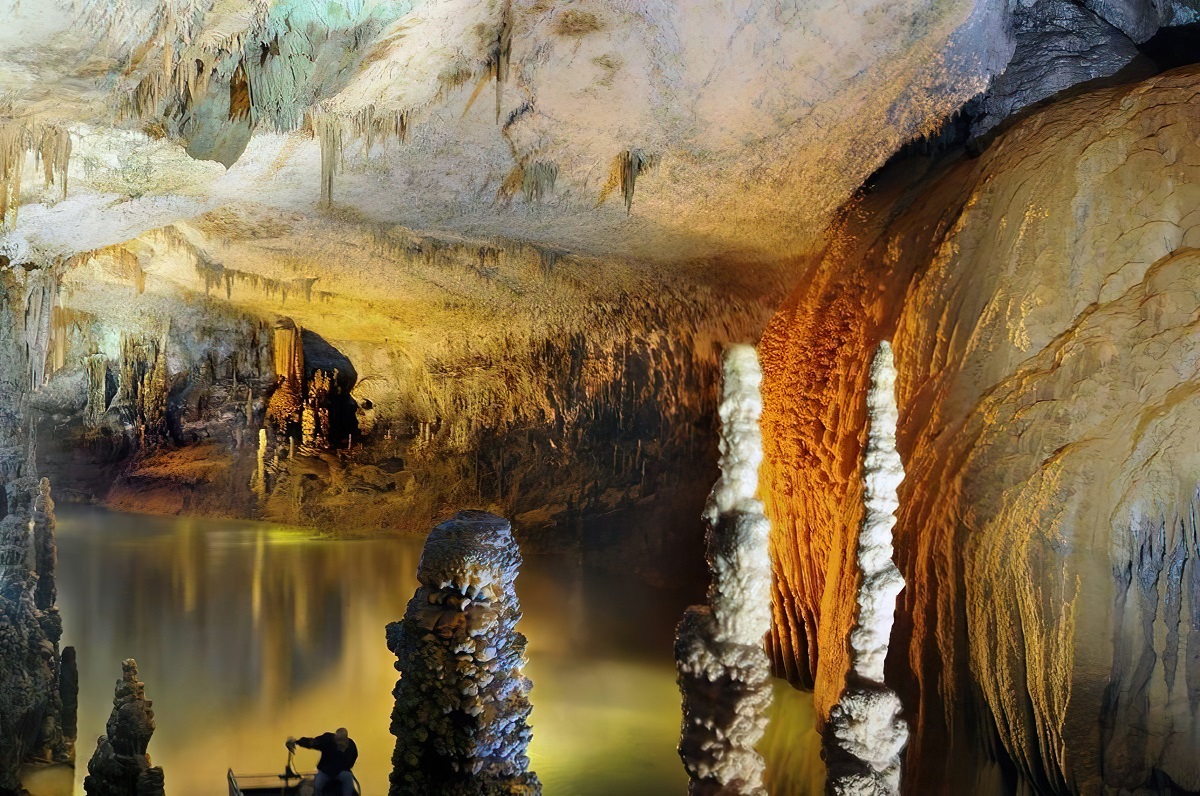
In the Nahr al-Kalb valley lies the enchanting Jeita Grotto, a series of two interconnected limestone caves stretching over nine kilometers. The caves boast spectacular natural formations such as stalactites, stalagmites, columns, mushrooms, ponds, curtains, and basins created by millions of years of water and limestone interactions. The Upper Grotto houses the world’s largest stalactite, a staggering 8.2 meters in length.
#4: Eisriesenwelt Cave, Austria
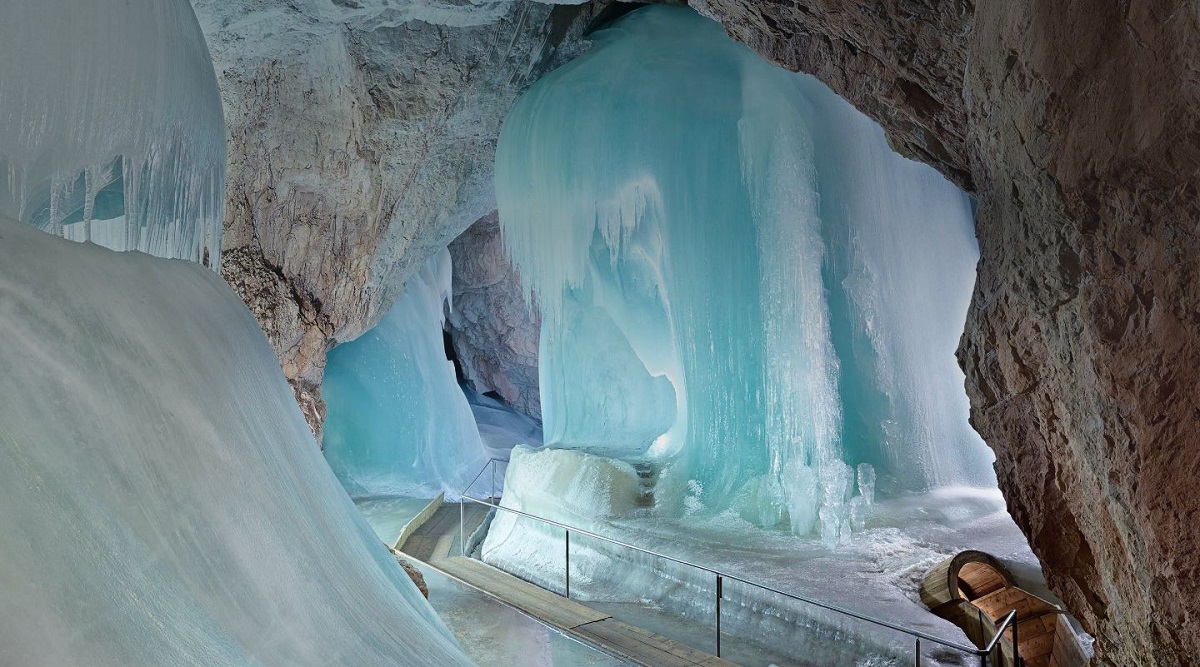
At Eisriesenwelt, visitors can experience a fantastical frozen landscape. This world’s most extensive ice cave spans over 42 kilometers and maintains sub-zero temperatures even in summer. Frozen waterfalls, towering ice stalagmites, and vast ice palaces are among its awe-inspiring sights, while its wind-orchestrated eerie sounds create an atmosphere straight from a fantasy novel.
#5: Blue Grotto, Italy
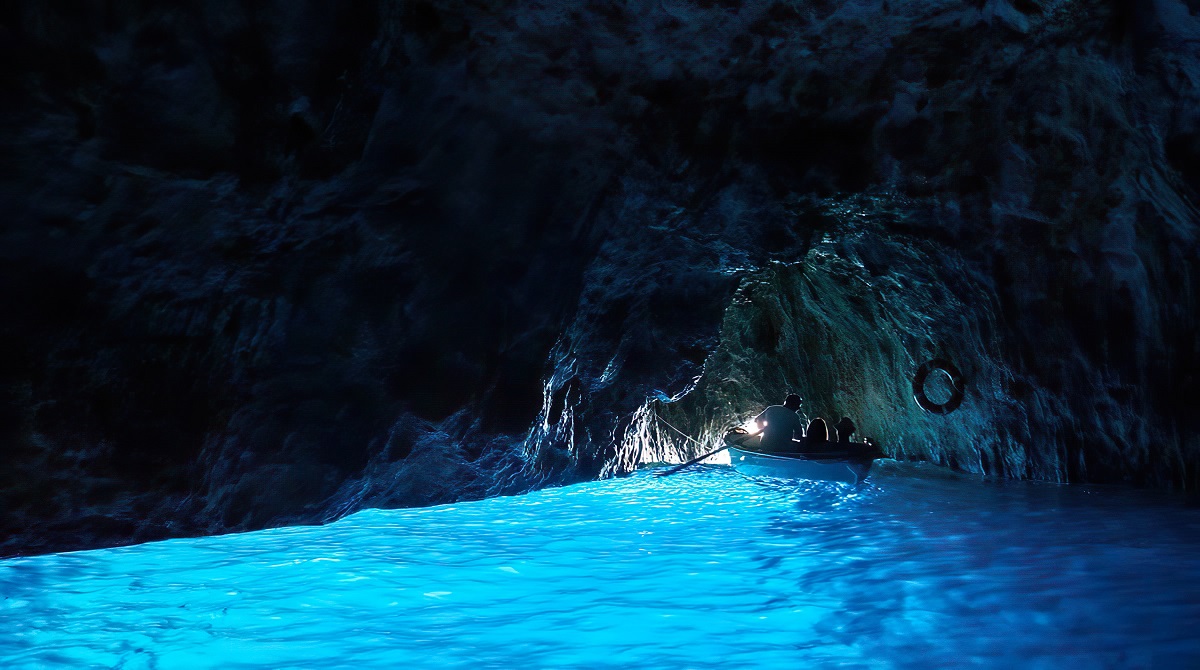
The Blue Grotto, or Grotta Azzurra, offers an aquatic spectacle of ethereal beauty. When the sunlight enters this sea cave, it refracts off the white sandy sea floor and fills the cavern with a mesmerizing azure light, giving the impression that boats are floating in mid-air. The cave’s captivating light play combined with its rich historical significance – it was reputedly the private bathhouse of Roman Emperor Tiberius – make it a fascinating natural wonder.
#6: Fingal’s Cave, Scotland
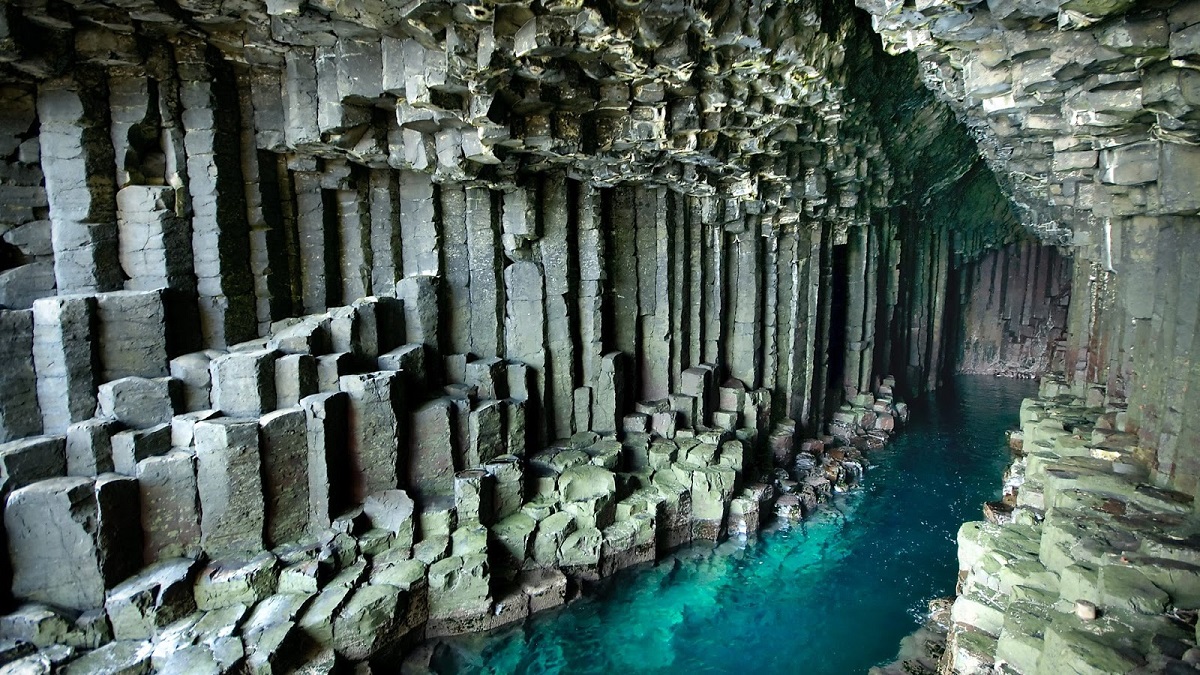
Fingal’s Cave is a geological marvel on the uninhabited island of Staffa. Known for its distinct basalt columns formed by volcanic activity and hexagonal ‘pavement’ akin to Ireland’s Giant’s Causeway, this sea cave echoes the haunting sounds of the waves, enhancing its natural acoustics. This feature inspired Felix Mendelssohn’s Hebrides Overture, capturing the cave’s awe-inspiring atmosphere in a musical composition.
.
#7: Cave of the Crystals, Mexico
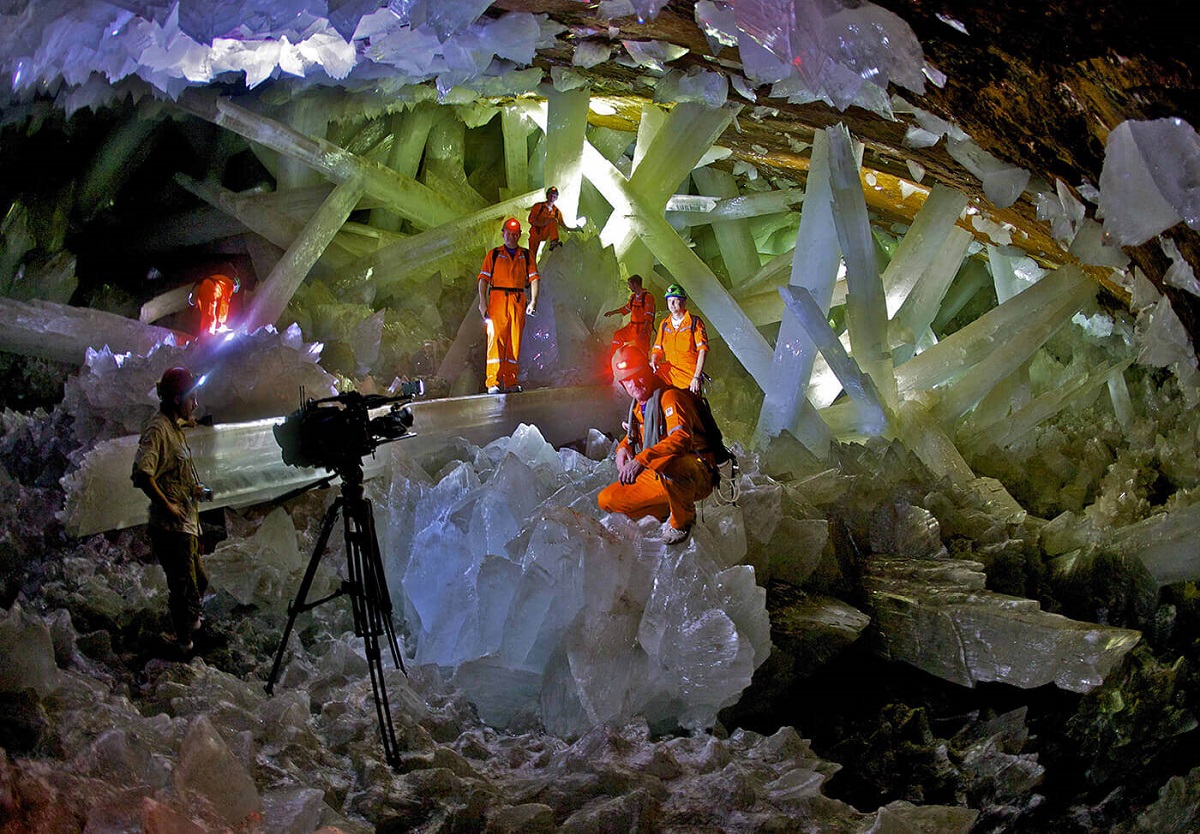
Deep within Mexico’s Naica Mountain lies a cave that feels otherworldly. The Cave of the Crystals is home to some of the largest natural crystals ever found, with the largest one reaching a length of over 11 meters. The cave’s harsh conditions, with temperatures reaching up to 58°C and 100% humidity, preserve these gargantuan gypsum crystals, creating an underground landscape of surreal beauty.
#8: The Marble Caves, Chile
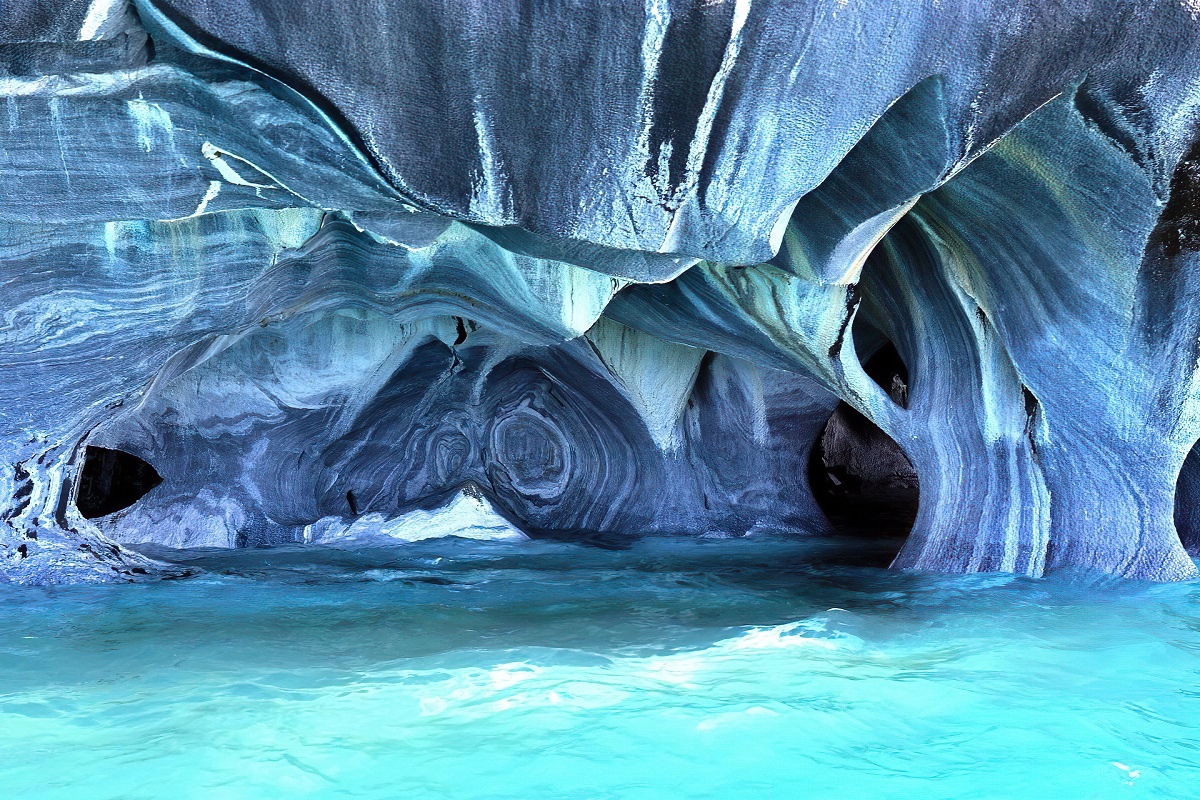
The Marble Caves of Chile are a unique geological formation sculpted by thousands of years of wave action on General Carrera Lake. The swirling patterns on the polished marble walls, combined with the reflection of the turquoise waters, create a beautiful light show that changes throughout the day and year. This labyrinth of caves offers an ethereal exploration experience on water.
#9: Mammoth Cave, United States
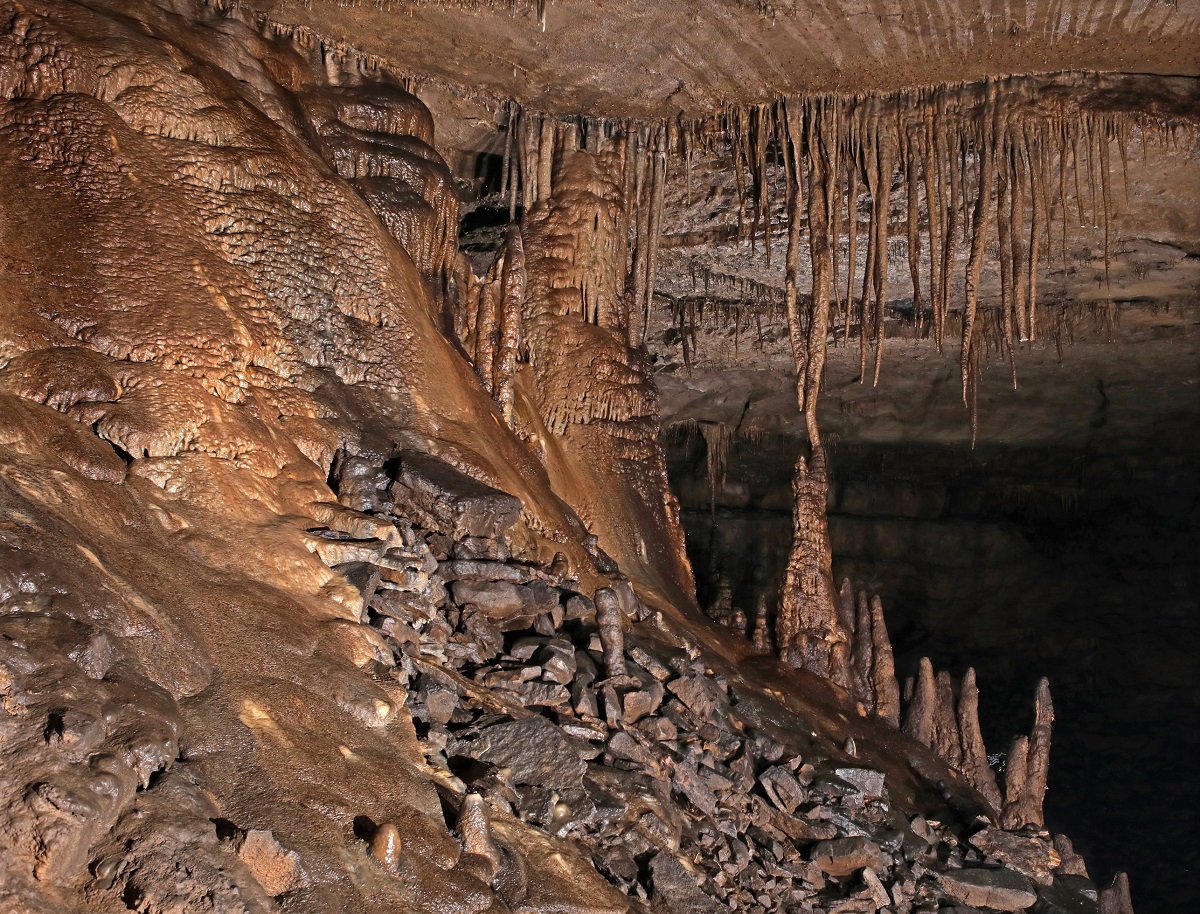
With a complex latticework of passages stretching over 400 miles, Mammoth Cave holds the title of the longest cave system globally. Beyond its size, Mammoth Cave’s uniqueness lies in its rich history. It was explored by prehistoric Native Americans, mined for saltpeter during the War of 1812, and even housed a tuberculosis hospital in the mid-19th century. Today, visitors can witness its vast chambers, complex labyrinths, and rare cave wildlife.
#10: Lascaux Caves, France
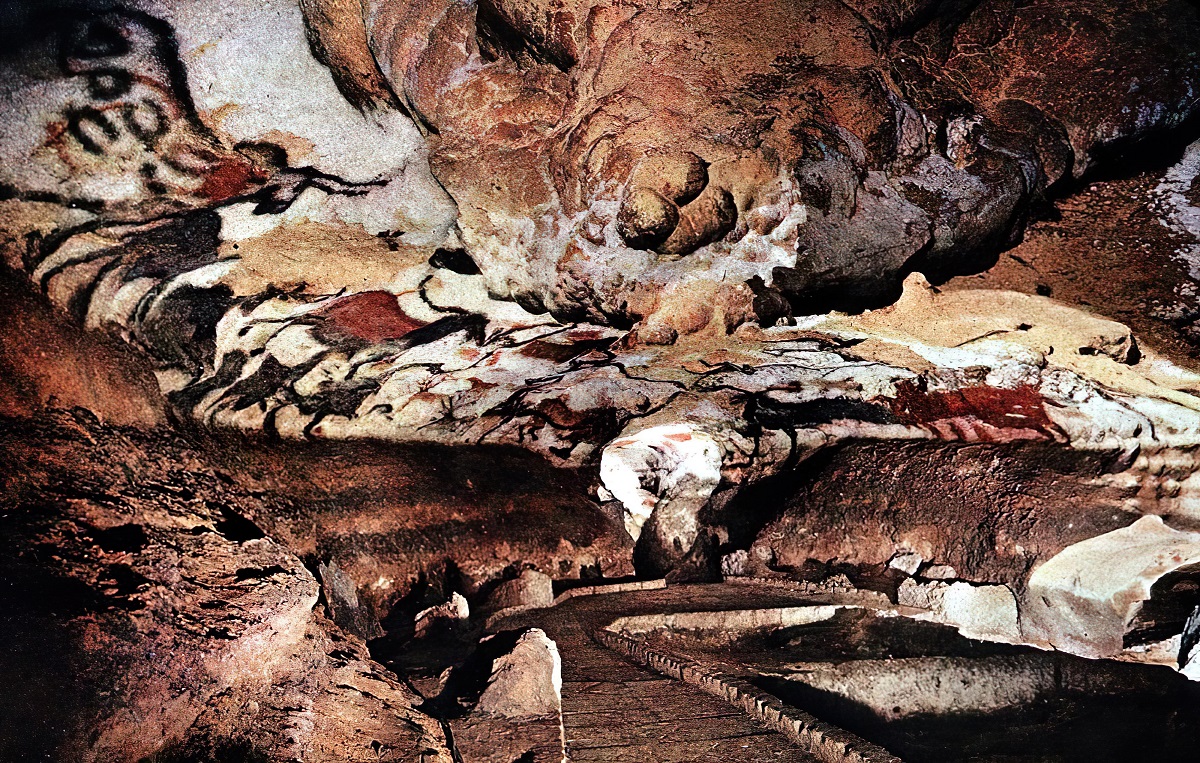
The Lascaux Caves are more than just a geological wonder – they are a cultural treasure. The cave walls are adorned with over 600 parietal wall paintings, offering invaluable insights into our prehistoric ancestors’ lives. These detailed depictions of large animals, human figures, and abstract signs date back to the Paleolithic era, around 17,000 years ago, making Lascaux a remarkable testament to early human creativity.
More Great Top 10’s
Caves and Maps
A glimpse into the deep recesses of the earth, caves present a fascinating blend of history, geology, and biodiversity, making them intriguing subjects for exploration and study. Yet, this subterranean world can be perilous, filled with a labyrinth of passages, some of which stretch for miles. Understanding the spatial intricacies of caves is paramount for safe and successful exploration. Here is where maps come into play. The relationship between caves and maps is as profound as it is practical, offering a unique intersection of science, exploration, and cartography.
Mapping caves, or speleology, is a critical aspect of caving. It aids researchers and explorers in understanding the complex networks below the earth’s surface, helps guide rescue operations, informs conservation efforts, and contributes to our knowledge of earth’s history.
In essence, the relationship between caves and maps is an intricate dance between exploration and understanding. Cave maps not only guide us safely through the earth’s subterranean labyrinths but also help us understand these mysterious structures better, aiding scientific research, contributing to effective conservation, and enhancing the thrill of exploration.
Learn more about Maps
- Topographical Maps: Representation of the physical features of a region or area.
- Contour Maps: Representation of the contours of the land surface or ocean floor.
- Raised Relief Maps: Representation of land elevations with raised features indicating landforms.
- Terrain Maps: Representation of the physical features of a terrain or landmass.
- USGS Topographic Maps: Representation of topographic features and land elevations based on USGS data.
- USGS Historical Topographic Maps: Representation of historical topographic maps created by the USGS.
- Watershed Maps: Representation of the areas where water flows into a particular river or lake.
- Elevation Maps: Representation of land and water elevations with high precision.
- Physical Maps: Representation of physical features of the Earth’s surface such as landforms, oceans, and plateaus.
- Bathymetric Maps: Representation of the topography and features of the ocean floor.
- NOAA Maps: Representation of atmospheric, oceanographic, and environmental data by NOAA.
- Nautical Maps: Representation of the underwater features and depth of an area for navigation purposes.
- Geologic Maps: Representation of the geologic features of an area such as rock types, faults, and folds.
- Satellite Maps: Representation of earth from high-definition satellite imagery.
Contact us today to learn more about our services and how we can help you achieve your goals.
